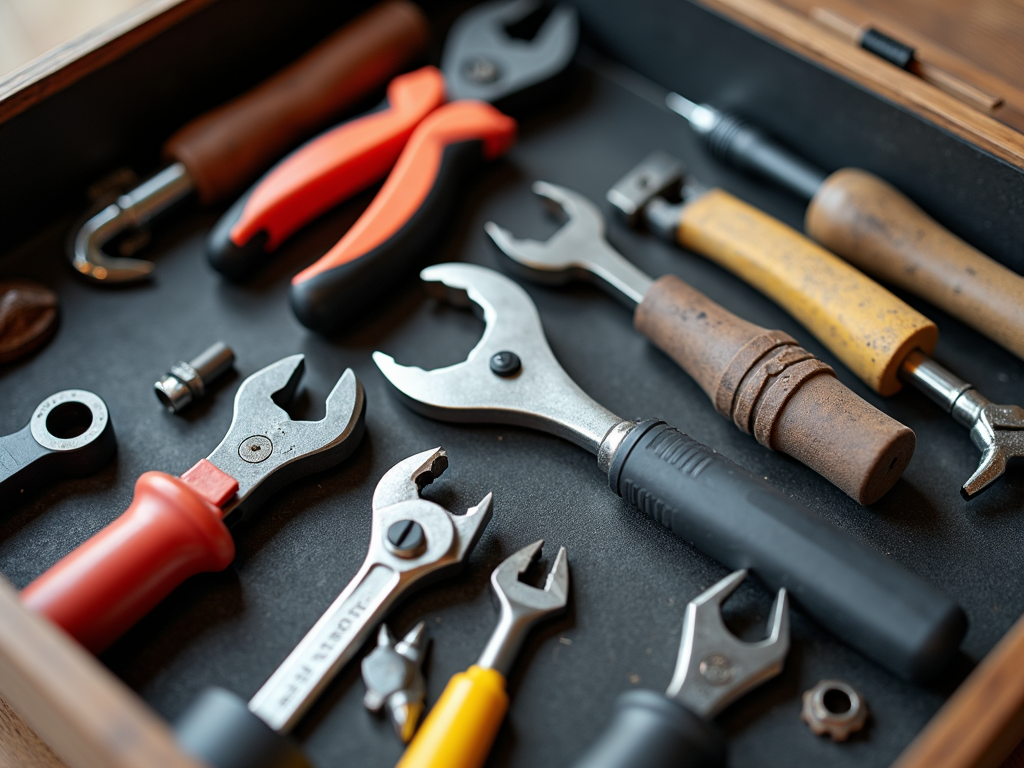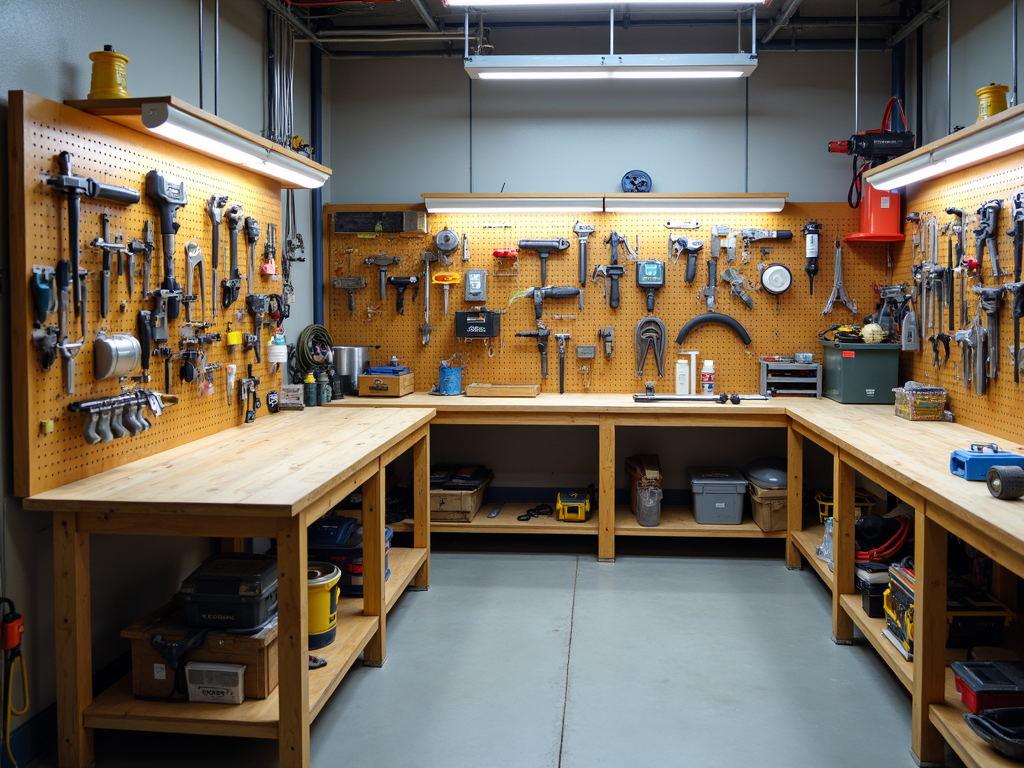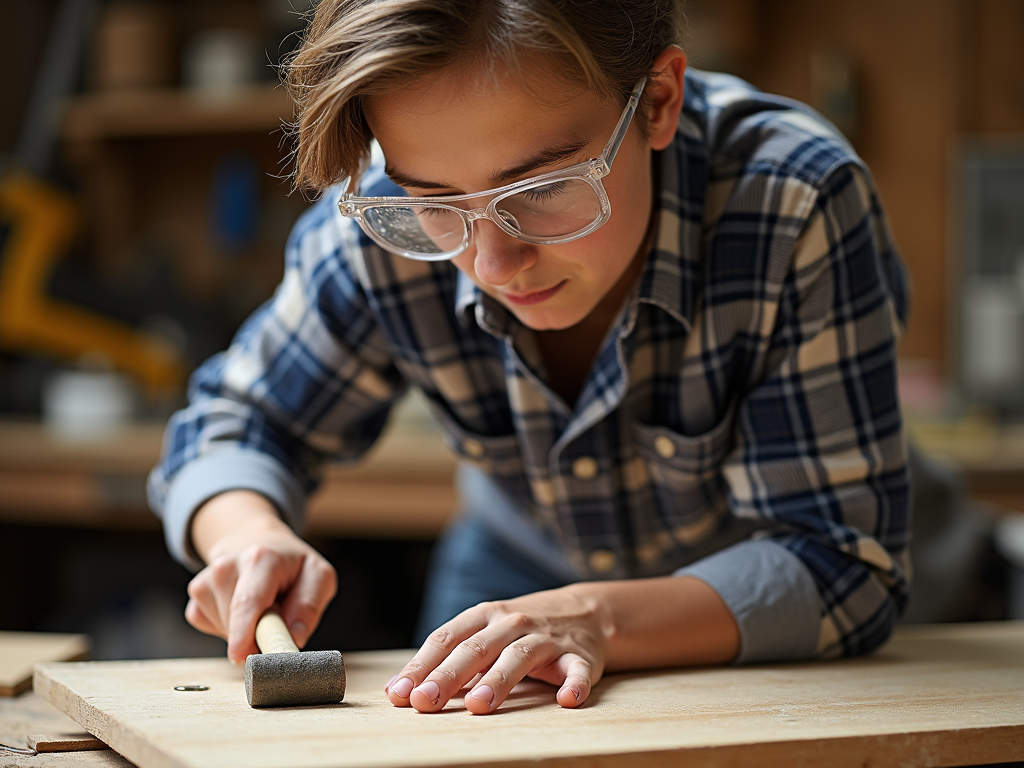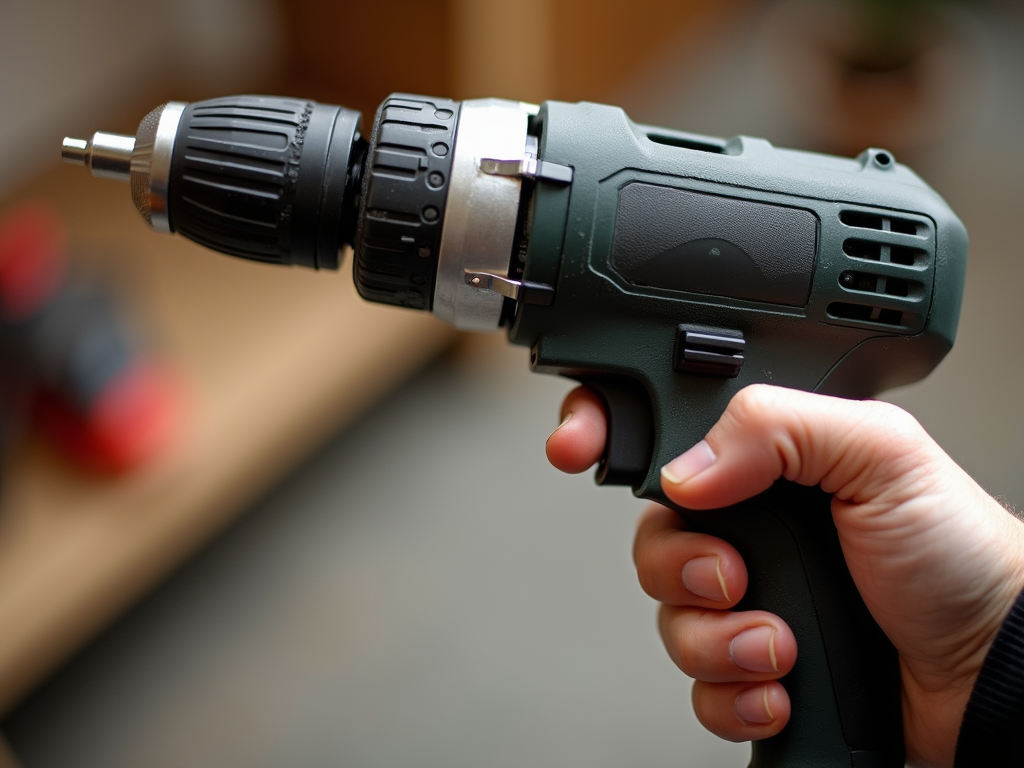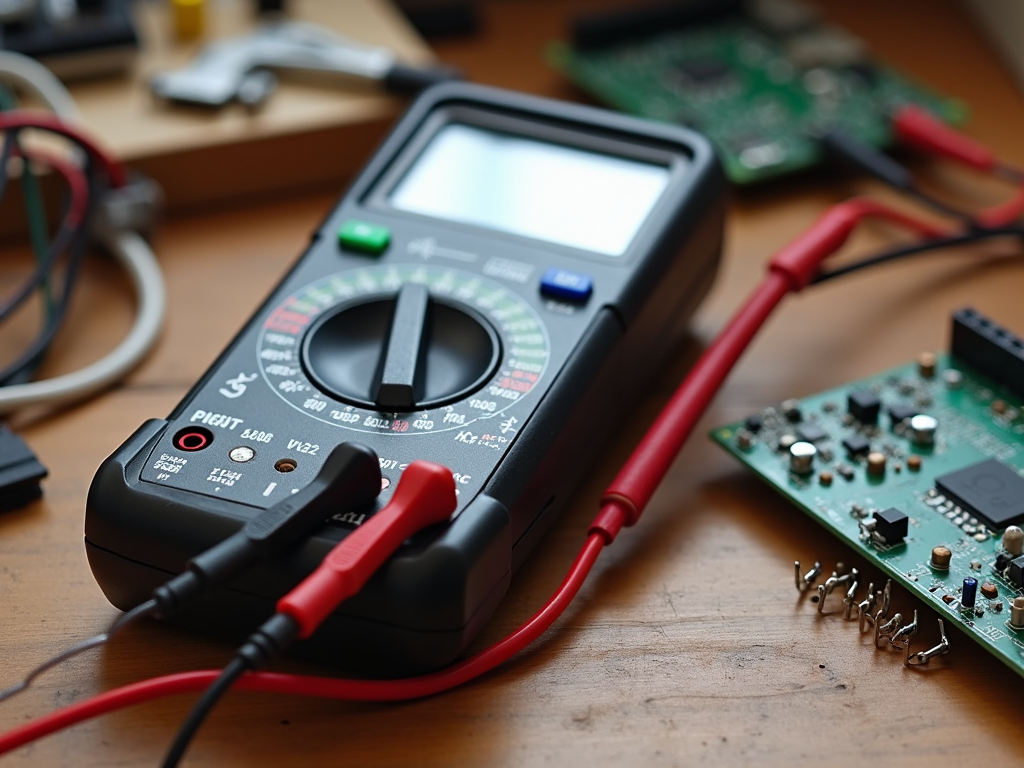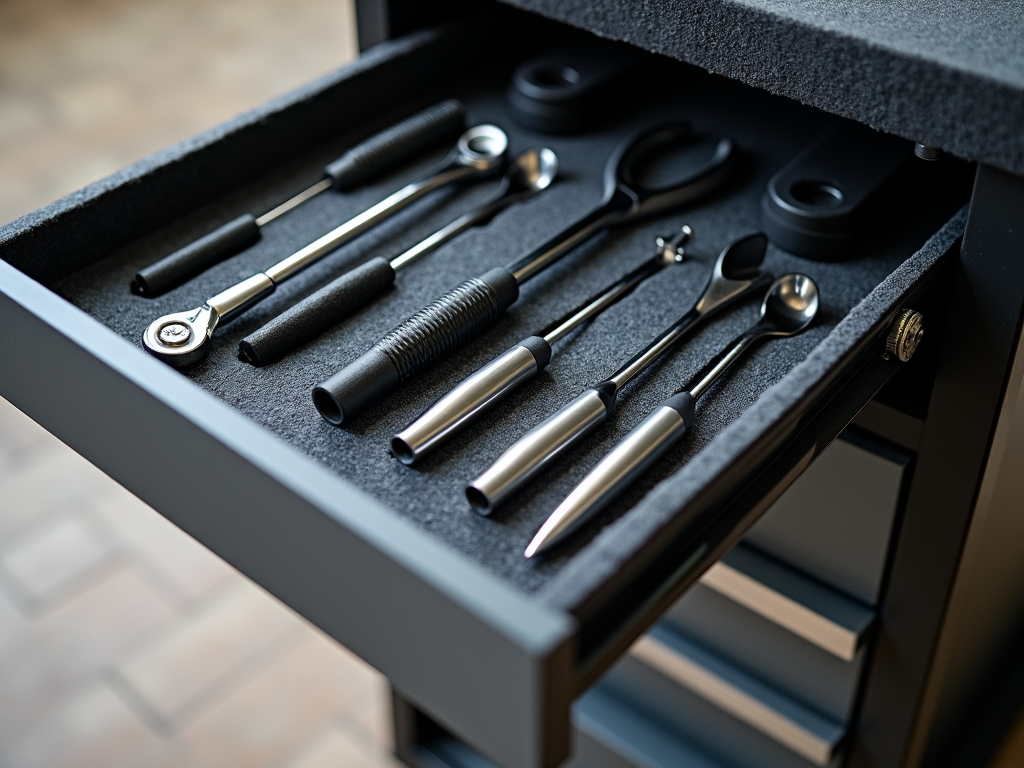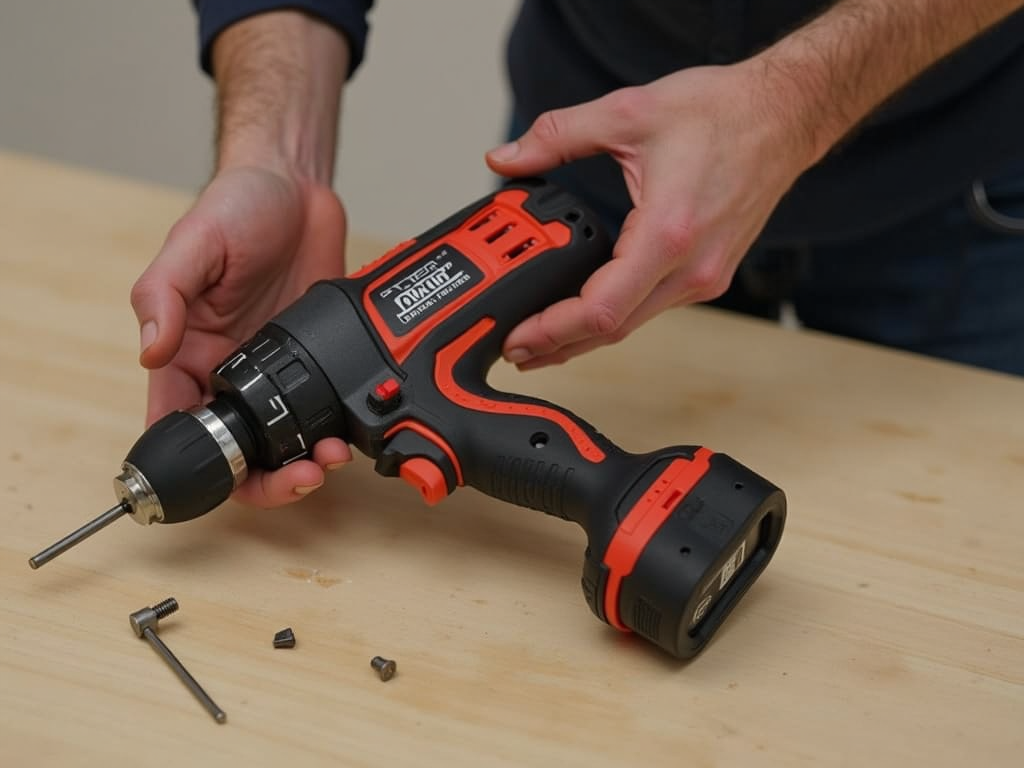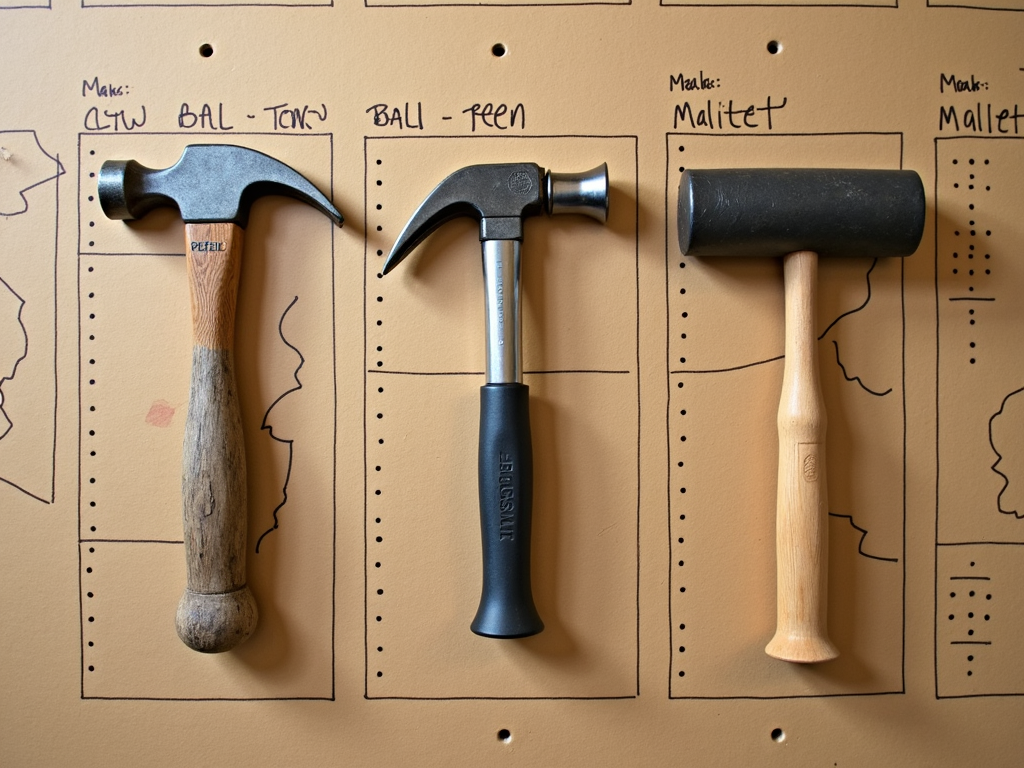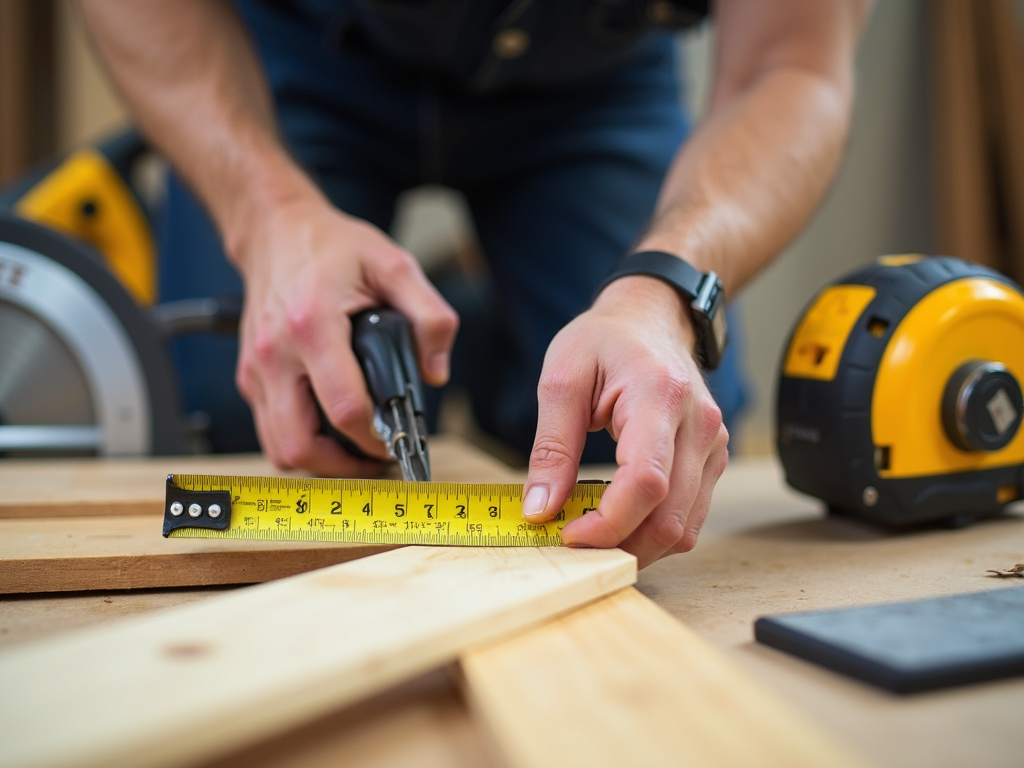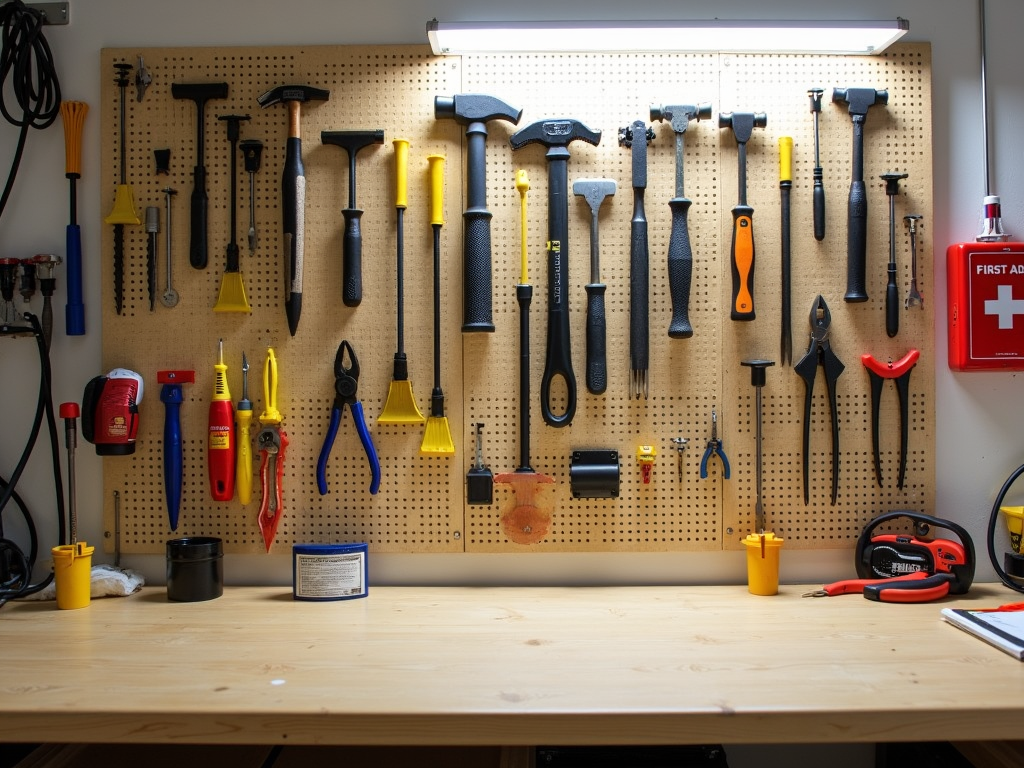Ever wondered how masons craft sturdy walls and structures? It's all about the right tools. In this article, we delve into the world of construction tools for masonry work, uncovering the essentials that make every project a success.
Masonry work involves constructing structures from individual units, such as bricks, stones, or concrete blocks, bound together by mortar. It's a skilled trade that requires precision and the right tools to ensure structural integrity and aesthetic appeal. For more information on masonry techniques, visit the Masonry Advisory Council.
The Must-Have Tools
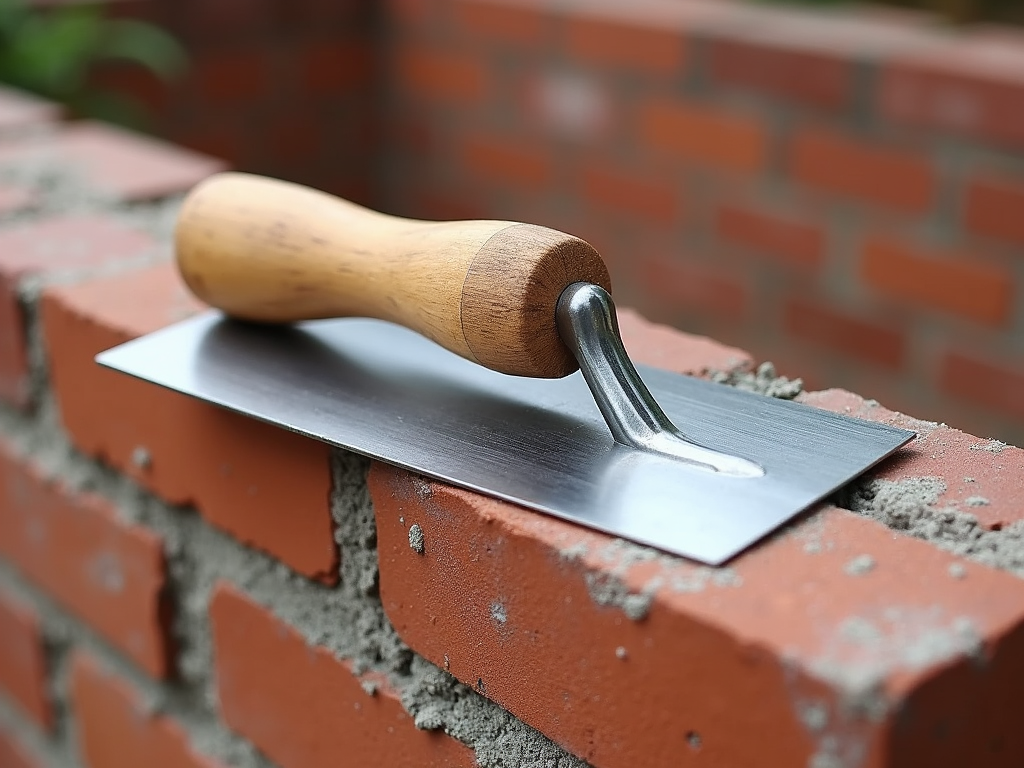
The brick trowel is perhaps the most iconic tool in masonry. It's used to spread, shape, and smooth mortar on bricks or blocks. A good brick trowel has a flat, pointed blade made of high-carbon steel for durability. The brick trowel is not just a tool; it's an extension of the mason's hand. I remember my first attempt at laying bricks—without a proper trowel, the mortar was uneven, and the bricks didn't align. Investing in a good trowel made all the difference, allowing me to spread mortar smoothly and achieve a professional finish.
Smaller than the brick trowel, the pointing trowel is used for detailed work, such as filling joints between bricks or stones. Its narrow blade allows for precision in tight spaces.
Similar to the pointing trowel but with a rectangular blade, the margin trowel is ideal for scraping excess mortar and working in confined areas.
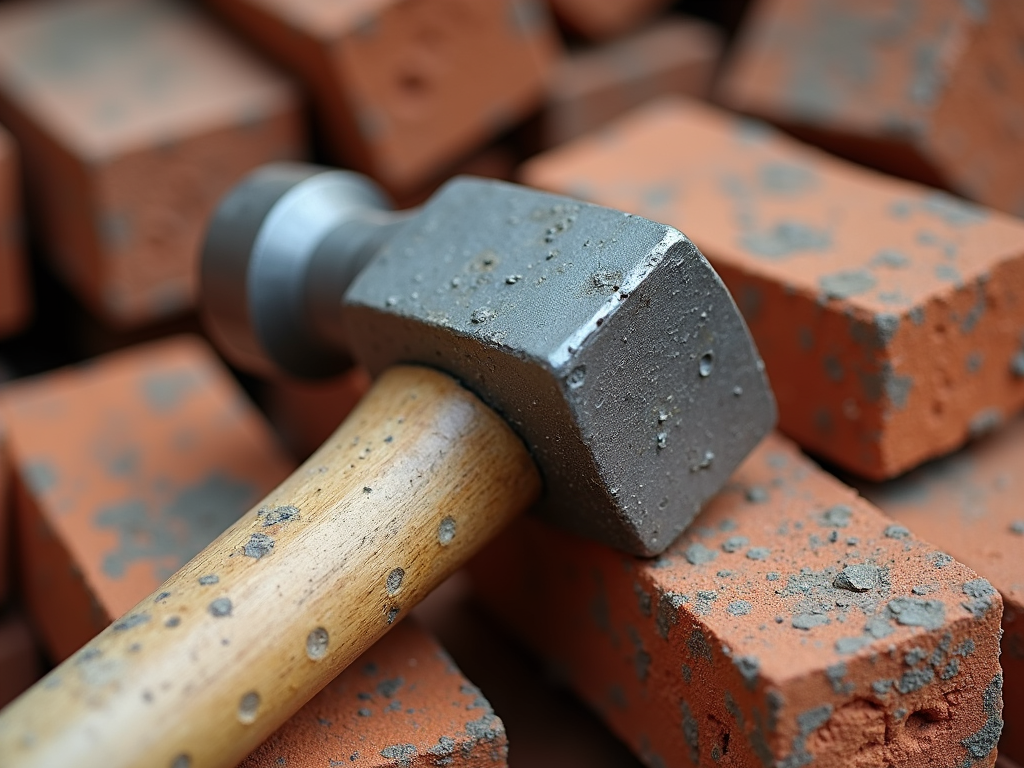
A masonry hammer has a flat face for striking and a chisel-like end for splitting bricks or stones. It's essential for shaping materials to fit specific spaces. A masonry hammer is indispensable for making quick adjustments on the job site. Once, I needed to fit a brick into a tight space; a few taps with the chisel end of the hammer, and it was perfect. It's a tool that combines power and precision.
Specifically designed for cutting bricks, the brick hammer has a chisel edge on one side and a square face on the other. It's lighter than a masonry hammer and perfect for precise cuts.
Masonry chisels come in various shapes and sizes, used for cutting, shaping, or carving hard materials like stone or concrete. A sharp chisel is crucial for clean cuts.

Accuracy is key in masonry, and a mason's level ensures that walls are straight and plumb. These levels are longer than standard levels, often up to 4 feet, to span multiple bricks or blocks.
To maintain straight lines over long distances, masons use a line stretched between two pins. This guides the placement of bricks or blocks, ensuring uniformity.
After laying bricks, a jointer is used to finish the mortar joints, creating a smooth, concave surface that enhances the wall's appearance and weather resistance.
Precision starts with accurate measurements. A durable measuring tape is indispensable for marking cuts and ensuring consistent spacing.

For larger projects, a mortar mixer saves time and effort by blending cement, sand, and water into a consistent mortar mix. Hand mixing is feasible for small jobs but can be labor-intensive.
When precise cuts are needed, especially for tiles or stones, a masonry saw with a diamond blade is the tool of choice. It can make straight or angled cuts with ease.
While not tools per se, safety gear like gloves, goggles, and dust masks are vital to protect against hazards like sharp edges, flying debris, and dust inhalation. Safety should never be overlooked. The Occupational Safety and Health Administration (OSHA) provides essential guidelines on the use of safety equipment in construction settings.
Tips for Choosing and Using Masonry Tools
- Quality Matters: Invest in high-quality tools; they last longer and perform better. Look for reputable brands known for durability.
- Maintenance: Keep tools clean and dry to prevent rust and wear. Sharpen blades regularly for optimal performance.
- Ergonomics: Choose tools with comfortable handles to reduce fatigue during long work sessions.
- Safety First: Always wear appropriate safety gear and follow safety guidelines to prevent accidents. For those looking to deepen their knowledge, the National Center for Construction Education and Research (NCCER) offers comprehensive training on construction tools and techniques.
Selecting the Right Tool for the Job
- For spreading mortar on large areas, use a brick trowel.
- For detailed work in corners or tight spaces, a pointing or margin trowel is ideal.
- When cutting bricks, a brick hammer is sufficient for simple splits, but for precise cuts, a masonry saw is better.
- Always use a level to check alignment after laying a few courses of bricks or blocks.
Caring for Your Masonry Tools
- Cleaning: After each use, clean tools with water to remove mortar or debris. For stubborn residue, use a wire brush.
- Drying: Ensure tools are completely dry before storing to prevent rust.
- Sharpening: Regularly sharpen chisels and trowel edges for optimal performance.
- Storage: Store tools in a dry, cool place, preferably hanging or in a toolbox to avoid damage.
| Trowel Type | Description | Primary Use |
|---|---|---|
| Brick Trowel | Flat, pointed blade | Spreading and shaping mortar |
| Pointing Trowel | Narrow, pointed blade | Filling joints and detailed work |
| Margin Trowel | Rectangular blade | Scraping excess mortar and working in tight spaces |
Safety Tips for Masonry Work
- Always wear gloves to protect hands from sharp edges and chemicals.
- Use goggles to shield eyes from flying debris.
- Wear a dust mask when cutting or mixing materials to avoid inhaling dust.
- Ensure proper footwear with good grip to prevent slips.
- Keep the work area clean and organized to reduce tripping hazards.
Construction tools for masonry work are specialized instruments designed to handle the demands of working with bricks, stones, and concrete blocks. From the versatile brick trowel to the precise masonry saw, each tool plays a vital role in ensuring the success of a masonry project. By choosing quality tools, maintaining them properly, and following safety protocols, masons can achieve outstanding results.
Related construction tools for masonry work:
- How to Choose the Right Power Drill for Your Projects
- Tool Care Basics: Essential Tips to Keep Your Gear Like New
- Top 10 Must-Have Tools for Every Workshop
- A Beginner's Guide to Workman Tools: Essentials, Toolboxes, and Safety Tips
- Essential Safety Checks for Power Tools
- How to Use a Multimeter for Beginners: A Step-by-Step Guide
- The Ultimate Guide to Mobile Storage Carts for Tools
- Ergonomic Power Drills for Reduced Fatigue: A Comprehensive Guide
- How to Set Up Your Workshop: A Comprehensive Guide
- Safety First: Essential Gear for Every DIY Enthusiast
- The Ultimate Guide to Workman Tools for Contractors
- The Ultimate Guide to Hand Tools Safety Guidelines

